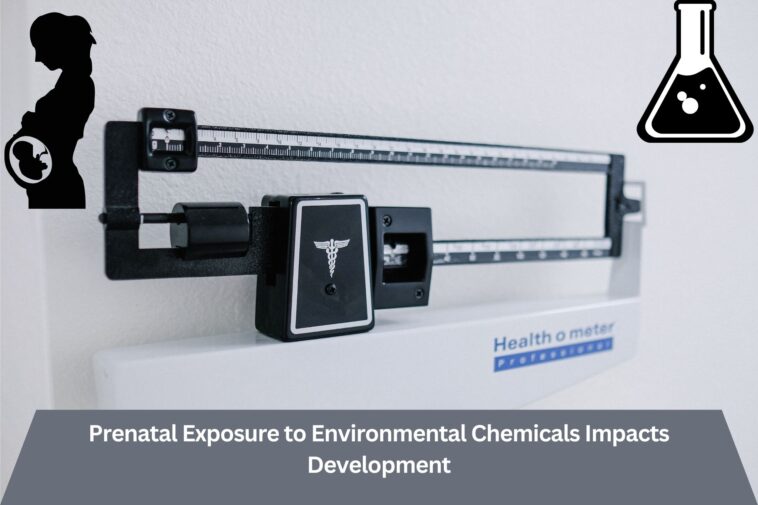Photo by Kenny Eliason on Unsplash
Childhood obesity rates have skyrocketed globally, with over 340 million children and adolescents now classified as overweight or obese. The health impacts of this epidemic are wide-reaching, from cardiovascular disease and diabetes to psychological effects like low self-esteem. Scientists have been searching for answers behind the rapid rise. A new study points to prenatal exposure to environmental chemicals as a potential contributor to unhealthy childhood weight gain.
The study1✅ JOURNAL REFERENCE
DOI: 10.1016/j.jamda.2023.06.015 led by the Barcelona Institute for Global Health, analyzed how exposure to endocrine-disrupting chemicals (EDCs) in the womb could alter growth patterns in early childhood. EDCs like phthalates, bisphenols, and pesticides are found in many everyday items including:
- Plastics
- Cosmetics
- Tin cans
- And more
The research team aimed to shed light on whether these chemical exposures could influence body mass index (BMI) changes in kids from birth through age 9.
Tracking Chemical Exposures and BMI in Kids
The researchers measured concentrations of various EDCs in urine and blood samples from 1,911 pregnant Spanish women. This gave insights into real-world chemical exposures during pregnancy.
After birth, the team monitored the children’s BMI at multiple points as they grew older:
1. Birth
2. 1 year
3. 4 years
4. 7 years
5. 9 years
By age 9, they could analyze how each child’s BMI trajectory compared to the chemical exposure profiles of their mothers during pregnancy. The study was uniquely comprehensive in assessing a wide variety of EDCs and their mixtures, rather than just individual chemicals.
Links Between Specific Chemicals and Growth Changes
The statistical analysis uncovered connections between exposure to certain EDCs and abnormal BMI growth patterns. Some compounds like hexachlorobenzene (HCB) and dichlorodiphenyldichloroethylene (DDE) were tied to both:
- Lower birth weight
- Accelerated weight gain later in childhood
- Others seemed to increase birth size along with excessive postnatal BMI increases.
Interestingly, looking at chemical mixtures also showed a higher risk of accelerated BMI trajectories when multiple EDCs were combined, even if individual exposures were low. This suggests a cumulative effect from the overall chemical burden.
Health Implications of Accelerated Weight Gain
The findings add to evidence that childhood obesity and related health issues may be partially attributed to environmental chemicals, even prenatally.
Rapid weight gain in early childhood is associated with higher risks of:
- Adult obesity
- Cardiovascular disease
- Diabetes
- Other problems
More research is still needed to confirm the links suggested in this study and understand the health impacts over a lifetime. However, the authors say it underscores the need for policies that reduce exposure to potentially harmful EDCs during vulnerable developmental stages.
Conclusion
This new research sheds light on how prenatal exposure to everyday chemicals found in foods, plastics, and cosmetics could alter childhood growth patterns by accelerating BMI gain.
While more studies are needed, it highlights the role environmental factors may play in the global obesity epidemic.
It also suggests that reducing chemical exposures for pregnant women and young children could be a promising avenue for improving long-term health outcomes.



